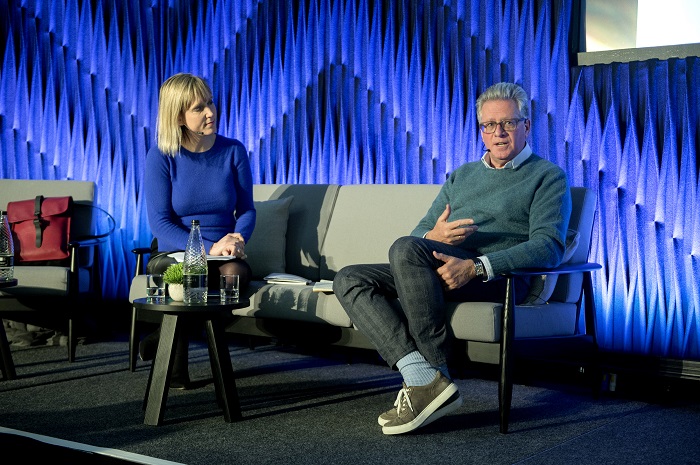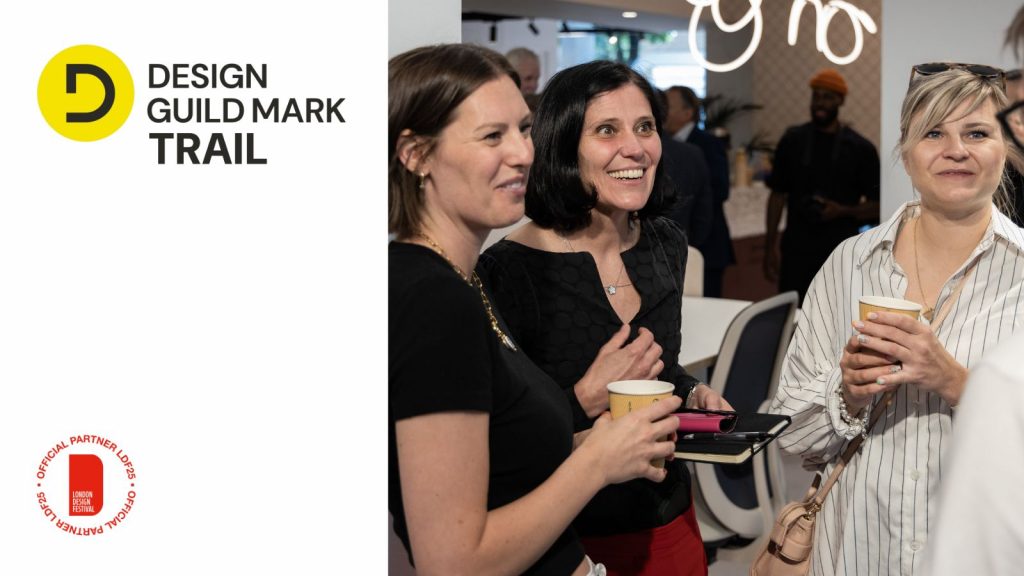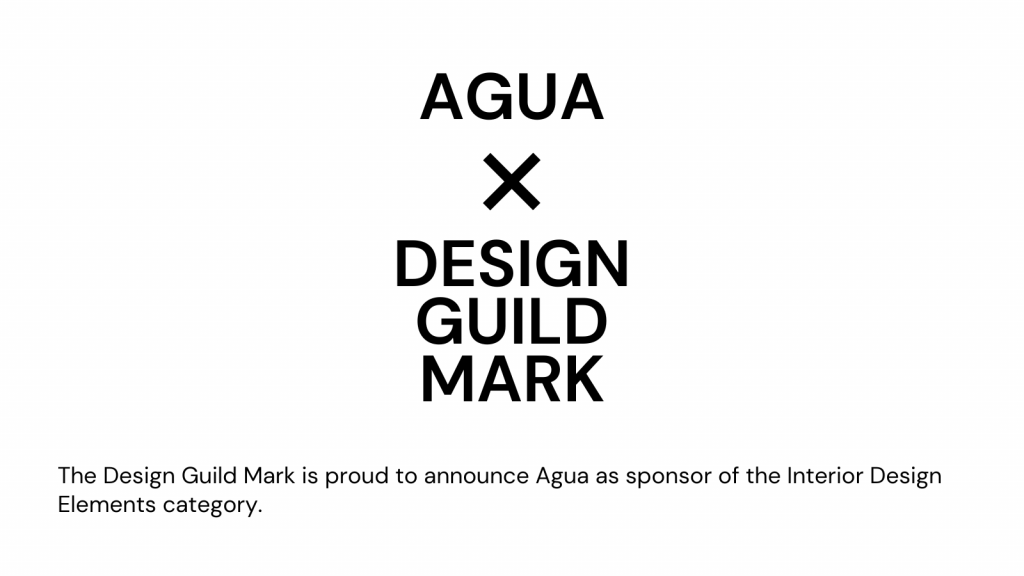
Rodney McMahon is now in his fourth year as Design Guild Mark chairman and the mark has come a long way under his watch
In 2018 we launched a new Textiles, Wall Coverings, Surfaces, Carpets and Floor Coverings category and fresh for 2020 is a new Lighting Design category.
The introduction of the new categories has brought with it an opportunity to celebrate the work of two other spheres of the design community, while giving applicants an opportunity to present to two different panels of distinguished judges.
The past few years have also seen the launch of modern, new branding and a standalone website complemented by growing social media channels.
With the Design Guild Mark having made leaps and bounds during Rodney’s tenure, we figured it was long overdue for us to sit down with him and ask him some questions .

Why is the Design Guild Mark important?
The Design Guild Mark is important for a number of reasons to do with the manner in which it is formulated and managed. It is independent of commercial imperatives or blandishments; benefits from well-regarded and independent judges; bestows a mark which recognises excellence and is, finally, directed at designers and not commerce.
What does design excellence mean to you personally?
Design excellence is when the combination of form, function and materials arrives at something that is as beautiful as it is useful. To achieve this needs a variety of skill sets of which the original inspiration is only the starting point and the excellence is often only arrived at as the result of a restless and relentless experimentation and iteration that develops and refines ideas as embodied by all the innovators in history. This was Picasso’s approach (and he is relevant to us as he used old wallpaper sample books in his works on paper, so that links him to the Furnishings industry), showing that raw talent needs to be nourished by committed hard work as evidenced by his huge collection of sketches, studies and finished works. Malcolm Gladwell predicates this with his 10,000 hour rule which he applies to Bill Gates, concert pianists, sports people as well as designers and innovators.

As chairman, what is your favourite aspect of the Design Guild Mark process?
The favourite aspect, for me, is the judging day. It is fascinating to hear the judges’ design perspectives on the entries and observe the discussions and deliberations around their differences or agreements. I learn a great deal and it allows me to hone my own design eye and mature my judgements.
What is the perception of British design internationally?
British design has been highly regarded internationally for many years, and the slightly eccentric and devil may care attitude of British society has been a fertile breeding ground for innovative thought. Consequently, Britain is also a leader in many other innovative industries including fintech, finance and pure scientific research so this creative attitude to life is not confined to the design environment. However, as the world develops, and this is happening very fast especially in the BRICS, Britain can expect much stronger competition to emerge.
What factors would stimulate another Golden Age of British design?
The circumstances that led to the last Golden Age, largely post-war austerity, are unlikely to be replicated other than through circumstances which we would prefer not to contemplate. In furniture, which is our world, we see a change from quality to quantity in the graduates produced by design universities combined with an expectation of instant ‘stardom’, rather than a true passion for design. This emphasis on volume does tend to limit the access that the highly talented may have to good tutoring.






